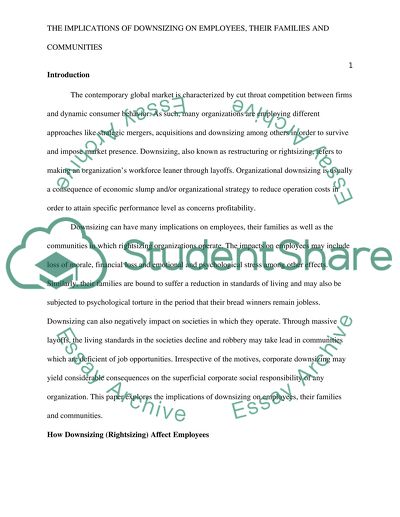Cite this document
(The Implications of Downsizing on Employees, Their Families, and Commu Coursework, n.d.)
The Implications of Downsizing on Employees, Their Families, and Commu Coursework. Retrieved from https://studentshare.org/human-resources/1472173-the-implications-of-downsizing-rightsizing-to-the
The Implications of Downsizing on Employees, Their Families, and Commu Coursework. Retrieved from https://studentshare.org/human-resources/1472173-the-implications-of-downsizing-rightsizing-to-the
(The Implications of Downsizing on Employees, Their Families, and Commu Coursework)
The Implications of Downsizing on Employees, Their Families, and Commu Coursework. https://studentshare.org/human-resources/1472173-the-implications-of-downsizing-rightsizing-to-the.
The Implications of Downsizing on Employees, Their Families, and Commu Coursework. https://studentshare.org/human-resources/1472173-the-implications-of-downsizing-rightsizing-to-the.
“The Implications of Downsizing on Employees, Their Families, and Commu Coursework”, n.d. https://studentshare.org/human-resources/1472173-the-implications-of-downsizing-rightsizing-to-the.


